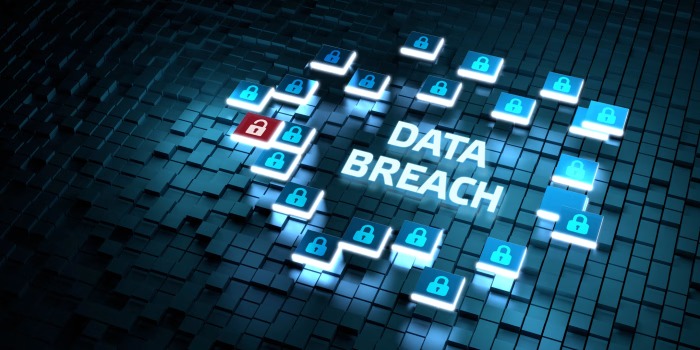Business
South Africa’s SharePoint Security Shock: What You Need to Know in 2025

A Shock Wave Through Local Cybersecurity
Imagine the very tools we rely on to keep information secure becoming the door through which hackers walk right in. That’s the reality South Africa is facing in 2025. A major security flaw in Microsoft’s on-premise SharePoint software has triggered global fallout, and yes, it’s hit home.
Universities, car manufacturers, and local government systems are among those quietly compromised. Even the National Treasury has admitted to finding malware on one of its public-facing systems. While their core services weren’t disrupted, the breach has put the spotlight on vulnerabilities we can no longer afford to ignore.
What Went Wrong
The attack exploited a critical flaw in older SharePoint systems, specifically those hosted on-premises rather than in the cloud. Hackers used the vulnerability to sneak malicious code into internal networks, creating backdoors, stealing encryption keys, and gaining control over sensitive environments.
The problem? Many South African organisations prefer hosting software in-house for added control and perceived security. In this case, that decision left the door open.
Who Was Affected in SA?
While names haven’t officially been released, a cybersecurity firm tracking the attack confirmed that a South African car manufacturer, a university, local municipalities, and a federal-level agency were all hit. The National Treasury also detected the threat and is now working with Microsoft to assess the extent of exposure.
These aren’t minor systems. They’re trusted institutions, the kind many of us interact with daily. That’s what makes this breach more than just an IT story; it’s a national one.
A Global Breach With Local Consequences
South Africa wasn’t the only one targeted. More than 400 organisations globally have been compromised, including US federal agencies, universities, and private businesses. The breach has all the hallmarks of a coordinated cyber-espionage campaign, with suspicion falling on sophisticated international groups.
While the broader geopolitical implications are still unfolding, the message for South African entities is simple: local networks are global targets.
How to Stay Protected
If your organisation uses SharePoint, particularly an on-premise version, this is the time to act. Update your servers with the latest security patches. Audit your systems for suspicious behaviour. Rotate your cryptographic keys. And seriously consider migrating to a cloud-hosted solution if your team doesn’t have the in-house muscle to defend against sophisticated attacks.
For businesses, universities, and even local government IT departments, this is no longer optional. The stakes are high, and the attackers are already in.
Time for a Cybersecurity Wake-Up
This breach has exposed a harsh truth: even well-established systems can fail if they aren’t actively maintained and secured. South Africa has made strides in data protection in recent years, but this incident is a reminder that vigilance is everything.
From public institutions to private companies, we need to rethink how we handle digital infrastructure. It’s not just about plugging holes; it’s about building resilience into the foundations.
Also read: FlySafair Under Fire for Offshore Payouts While Freezing Staff Wages
Follow Joburg ETC on Facebook, Twitter , TikTok and Instagram
For more News in Johannesburg, visit joburgetc.com
Source: Business Tech
Featured Image: The Wall Street Journal

























